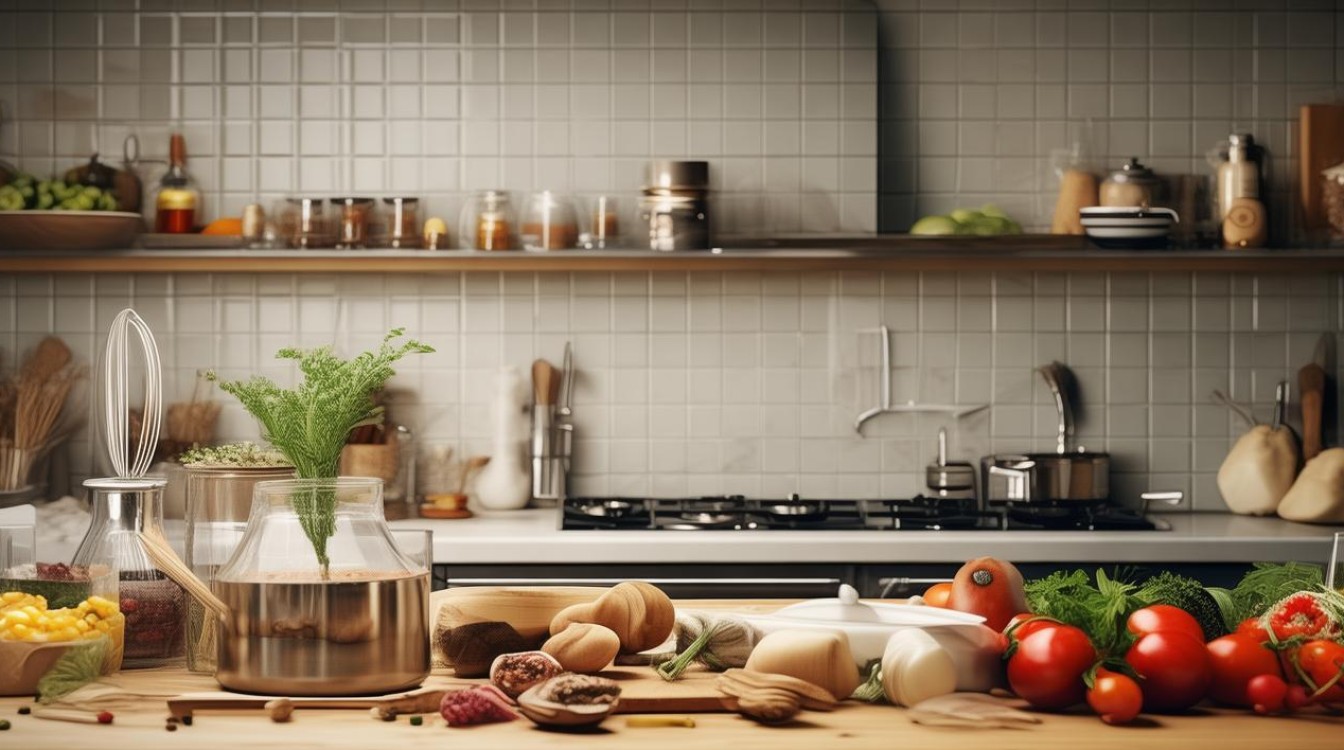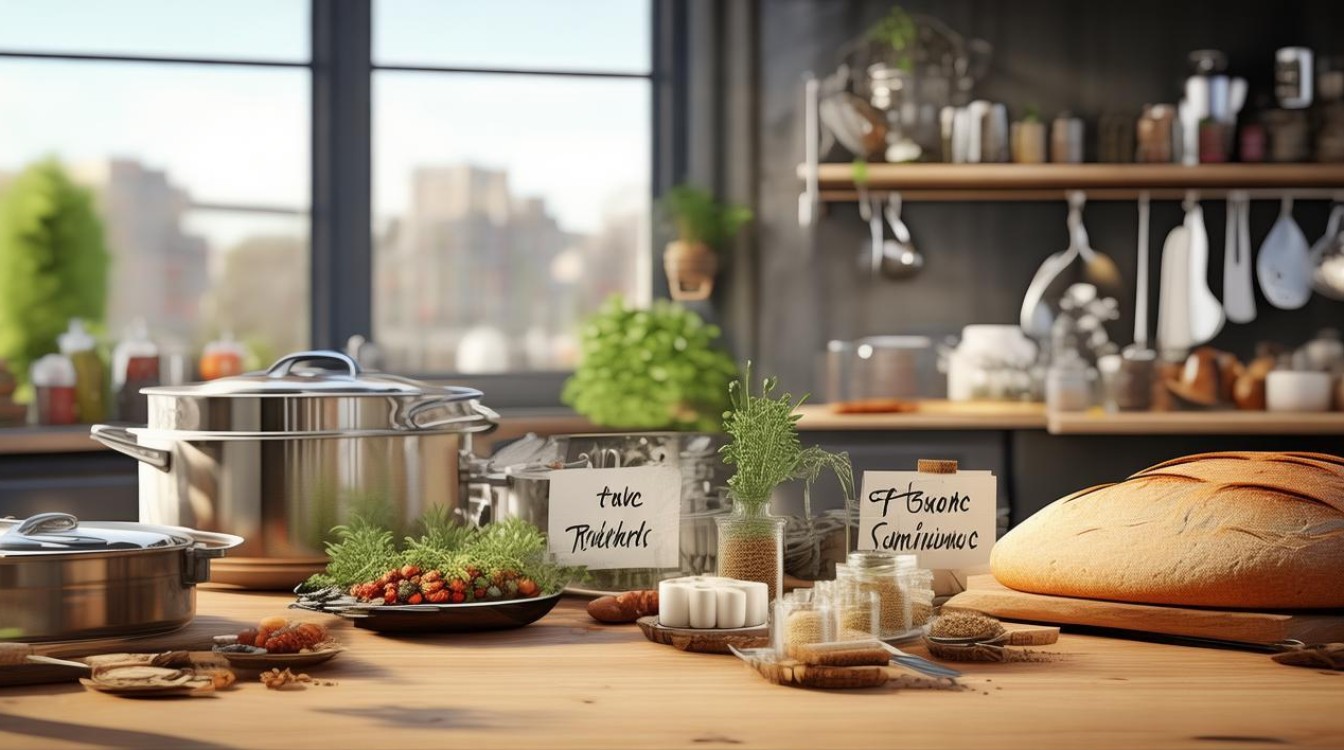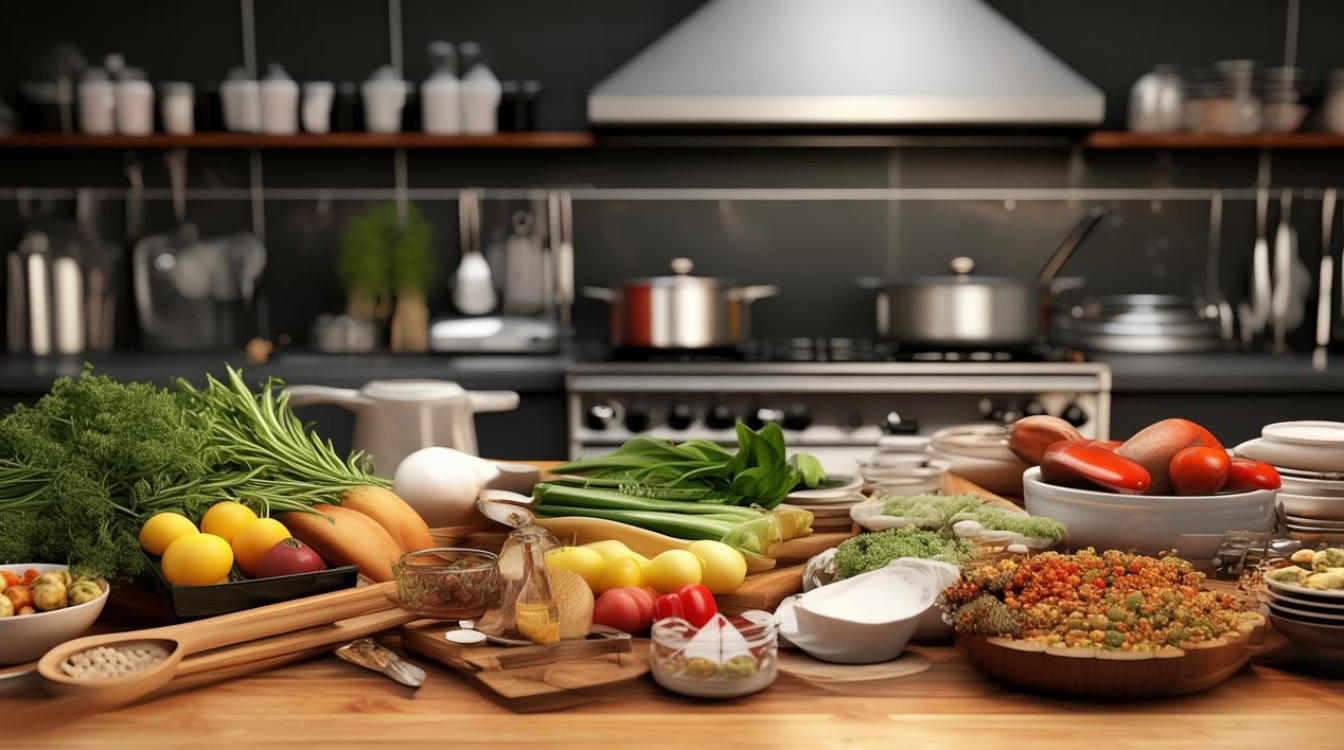Food brings people together, and knowing the right words to describe cooking processes can make the experience even more enjoyable. Whether you're a home cook, a professional chef, or someone who simply loves food, expanding your culinary vocabulary in English will help you follow recipes, share cooking tips, and appreciate global cuisines.

Basic Cooking Methods
Understanding different cooking techniques is the foundation of preparing great meals. Here are some essential terms:
- Boil – Cooking food in hot water (e.g., boiling pasta or eggs).
- Simmer – Cooking just below boiling point (e.g., simmering soup).
- Steam – Using vapor from boiling water to cook food (e.g., steaming vegetables).
- Fry – Cooking in hot oil (e.g., frying chicken).
- Sauté – Quickly frying food in a small amount of oil (e.g., sautéing onions).
- Grill – Cooking over direct heat (e.g., grilling burgers).
- Roast – Cooking in an oven with dry heat (e.g., roasting a turkey).
- Bake – Cooking food using dry heat, often for bread or desserts (e.g., baking a cake).
- Broil – Cooking with high heat from above (e.g., broiling cheese on a dish).
- Poach – Gently cooking in liquid below boiling point (e.g., poached eggs).
Common Ingredients & Food Types
Knowing ingredients helps in shopping and recipe-following:

- Herbs – Fresh or dried leaves used for flavor (e.g., basil, parsley).
- Spices – Dried seeds, roots, or bark for seasoning (e.g., cinnamon, cumin).
- Dairy – Milk-based products (e.g., cheese, yogurt, butter).
- Proteins – Meat (beef, chicken), fish (salmon, tuna), and plant-based options (tofu, lentils).
- Grains – Rice, quinoa, oats, and wheat products (bread, pasta).
- Vegetables – Leafy greens (spinach, kale), root vegetables (carrots, potatoes).
- Fruits – Fresh (apples, bananas) or dried (raisins, dates).
Kitchen Tools & Equipment
The right tools make cooking efficient:
- Knives – Chef’s knife, paring knife, bread knife.
- Pots & Pans – Saucepan, frying pan, stockpot.
- Utensils – Spatula, whisk, tongs, ladle.
- Appliances – Blender, food processor, stand mixer.
- Measuring Tools – Cups, spoons, kitchen scale.
Flavors & Seasoning Terms
Describing taste enhances cooking discussions:

- Sweet – Sugary taste (honey, maple syrup).
- Sour – Tart or acidic (lemon, vinegar).
- Salty – Enhanced with salt (soy sauce, olives).
- Bitter – Strong, sometimes sharp taste (dark chocolate, kale).
- Umami – Savory, rich flavor (mushrooms, aged cheese).
- Spicy – Hot from peppers (chili, cayenne).
Useful Phrases for Cooking
Practical expressions for recipes and kitchen conversations:
- "Preheat the oven to 350°F."
- "Chop the onions finely."
- "Whisk the eggs until fluffy."
- "Let the dough rise for an hour."
- "Garnish with fresh herbs."
Mastering these words will make cooking in English easier and more enjoyable. Whether experimenting with new recipes or sharing meals with friends, a strong culinary vocabulary enhances every kitchen experience.



